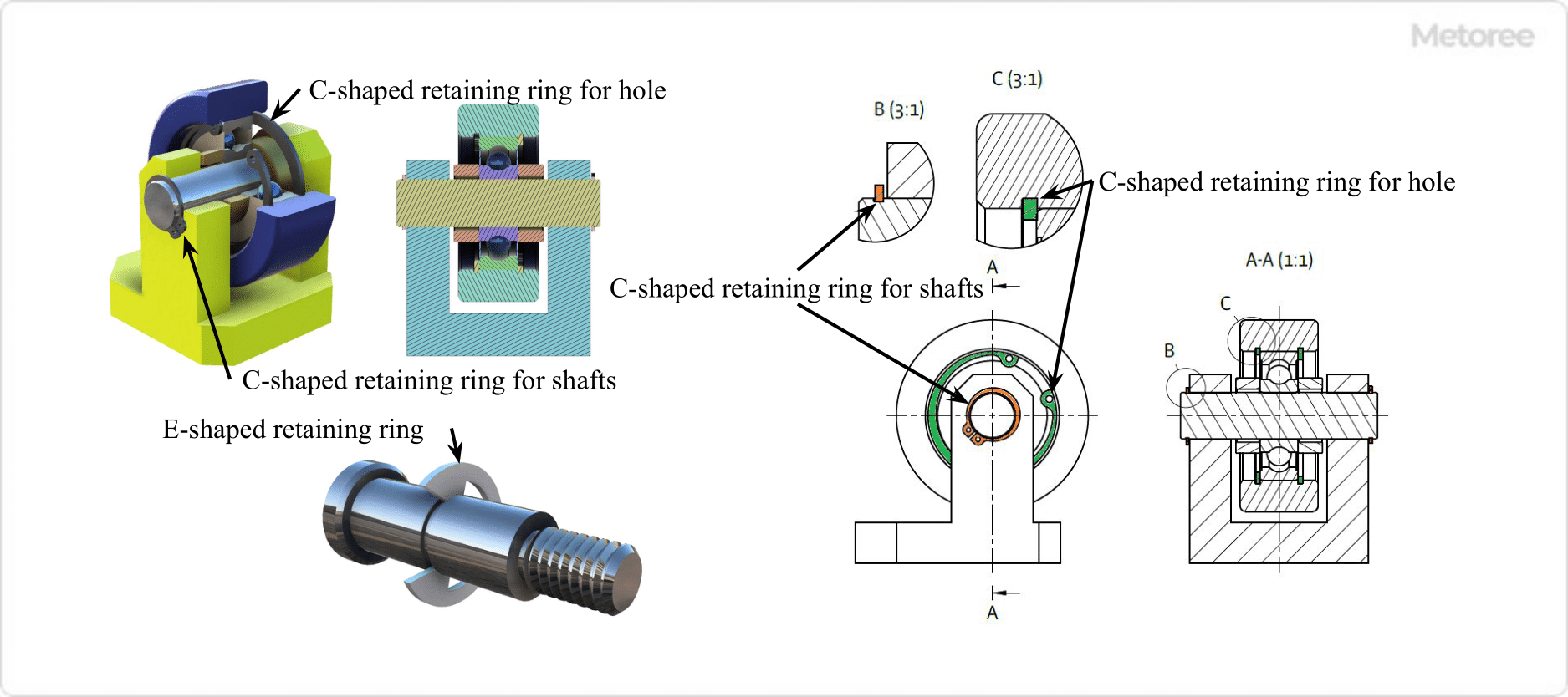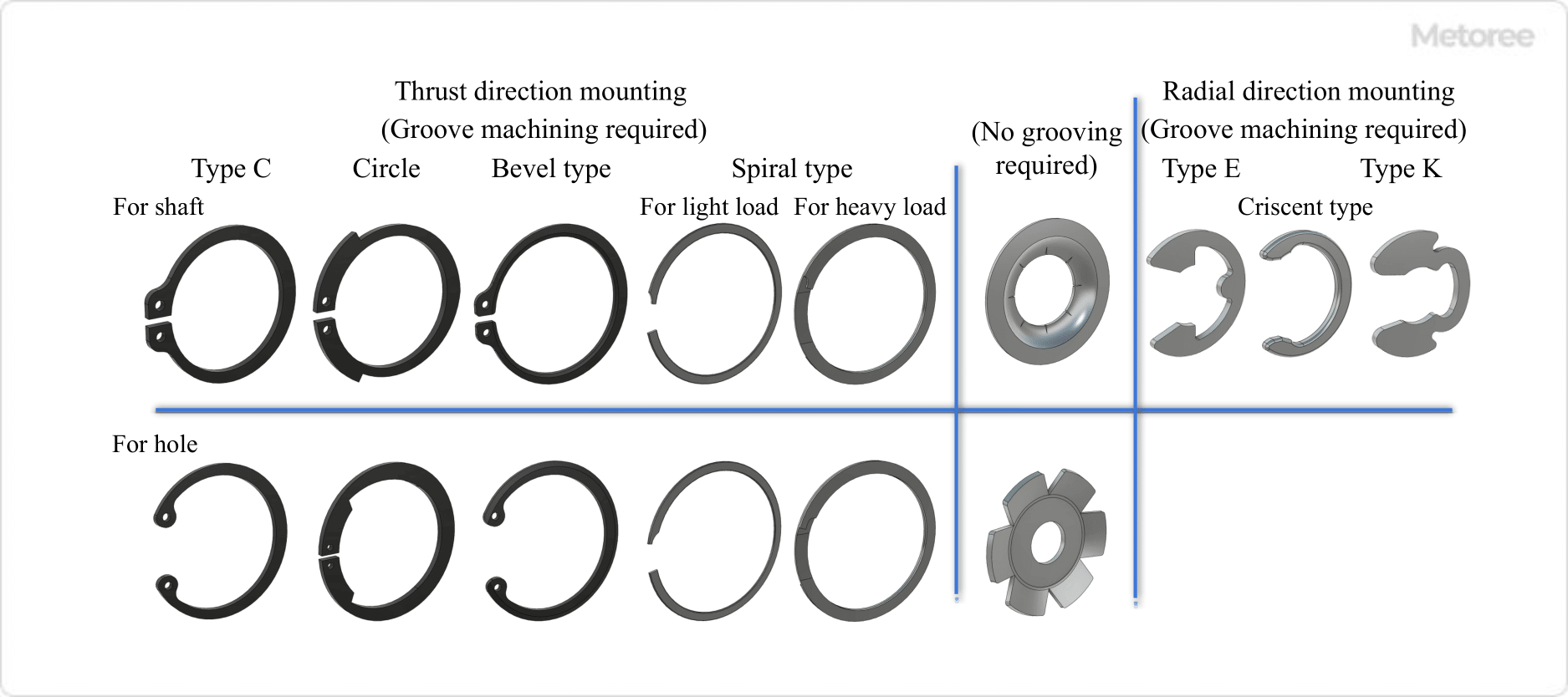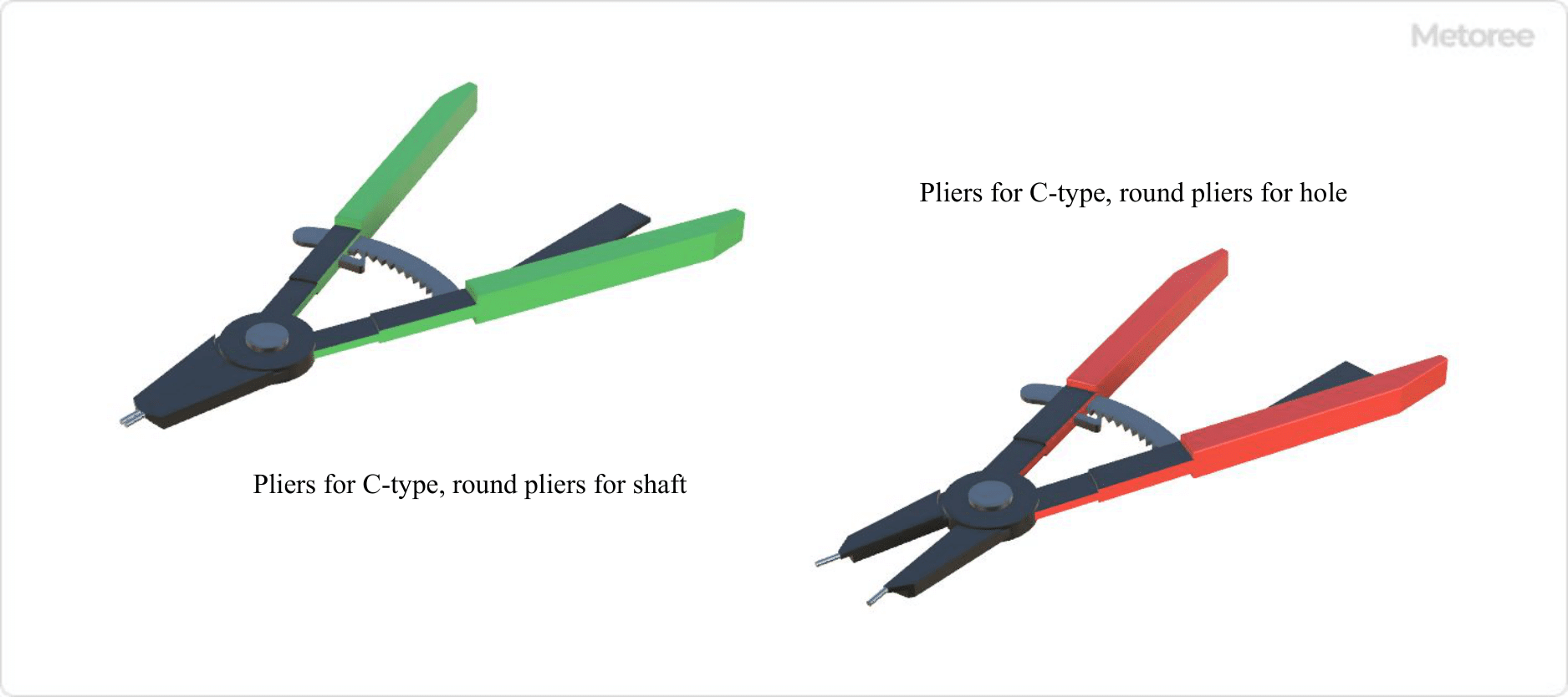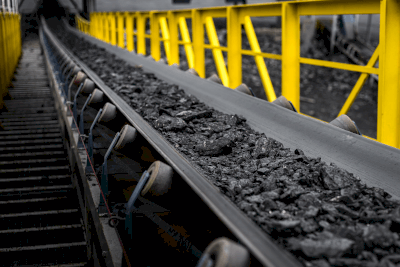What Is a Thread-Cutting Tool?
A thread-cutting tool is a machining tool capable of processing female threads through helical interpolation using a machining center or an NC milling machine. The processing machine must, therefore, be capable of helical interpolation.
Unlike ordinary taps, milling in machining offers low cutting resistance and a reduced risk of breakage. Even in the unlikely event of breakage, the tool can be easily removed.
Various thread diameters can be processed by altering the program, provided the thread pitch remains the same.
Uses of Thread-Cutting Tools
Thread-cutting tools are particularly useful for high-hardness steel, which is challenging to process with standard taps.
Certain types can perform both pre-hole drilling and thread cutting with a single tool.
These tools provide ample chip evacuation space and can process threaded holes with high precision and surface roughness due to the milling process.
While ordinary taps require high torque, leading to potential chipping during cutting, thread-cutting tools achieve cutting with lower torque, ensuring stable operation.
Principles of Thread-Cutting Tools
Thread-cutting tools can machine threads of varying nominal diameters with a single tool. This capability applies to both right- and left-hand threads, as long as they share the same pitch.
Since machining dimensions are adjustable via programming, there is no need for different tools for each accuracy level. This simplifies tool management and reduces tooling costs.
The machining process is akin to the side machining of an end mill, allowing large-diameter threads to be machined with low-torque machines compared to regular tapping.
The milling process yields finer chips and does not produce long chips like in tapping. This ensures stable machining without chip-related issues.
Threads can be machined with only one incomplete peak. The milling chuck‘s grip on the tool ensures extremely high depth-direction accuracy. This tool is especially suitable for machining stop holes with limited space.
When machining tapered pipe threads, thread-cutting tools do not leave a stop mark, unlike normal tapping processes. This results in improved roundness and enables the machining of threads with excellent tightness resistance.






